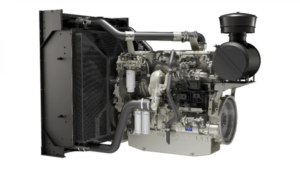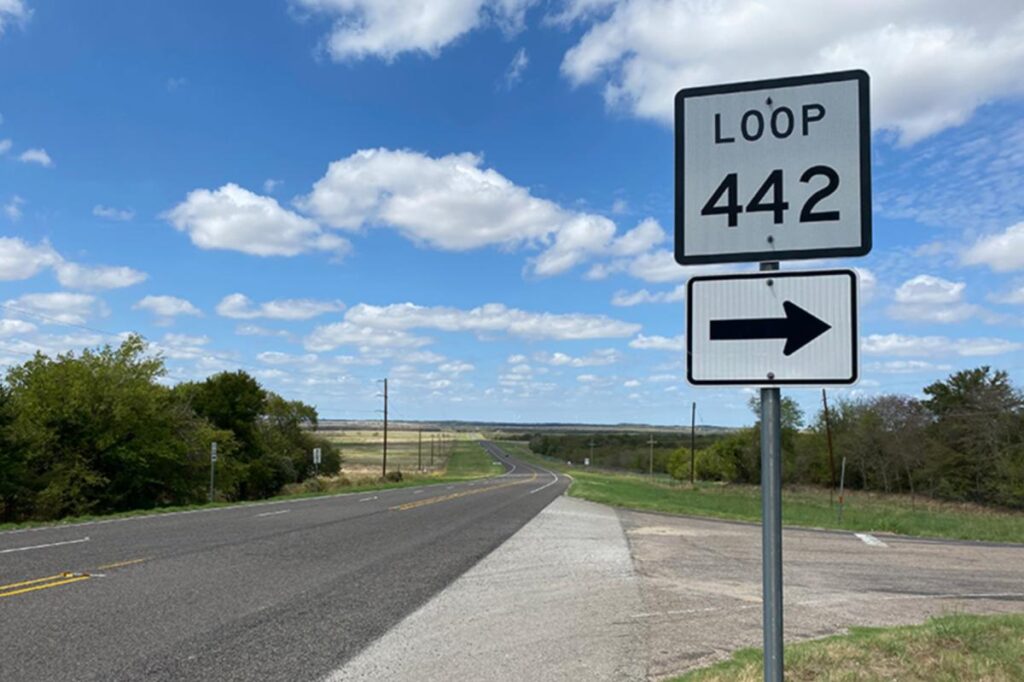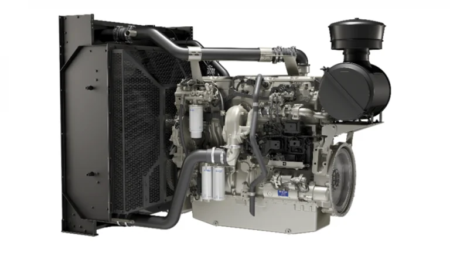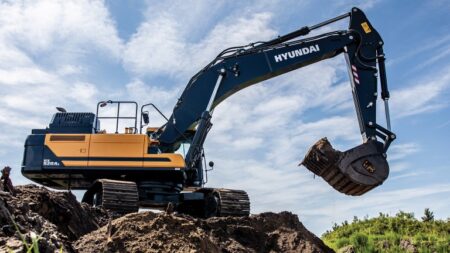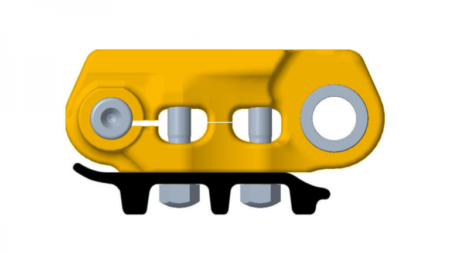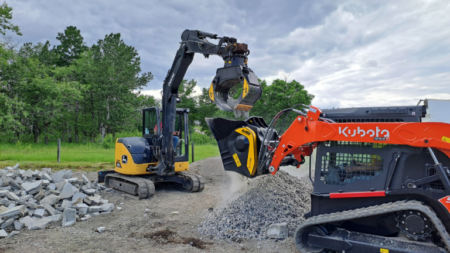Photo courtesy of TxDOT
State Loop 442 in Tehuacana is one of the oldest state roads in Texas that still has its original pavement.


A quiet stretch of roadway running through Limestone County has served as an important corridor for a historic Texas town for nearly a century. And it’s only been paved once.
State Loop 442 in Tehuacana is one of the oldest state roads in Texas that still has its original pavement. In 1929, TxDOT paved a section of roadway from Elm creek to Mexia and 95 years later that same pavement lies there today.
“The pavement core is from a jointed reinforced concrete pavement,” said Mark Davis, Waco District pavement engineer. “[This type] of pavement is no longer used by TxDOT due to complications associated with effective rehabilitation strategies.”
After recently analyzing a core sample of Texas Loop 442, engineers determined that the road is in great condition for its age, exhibiting very little distress.
Concrete Sample Cross-Section
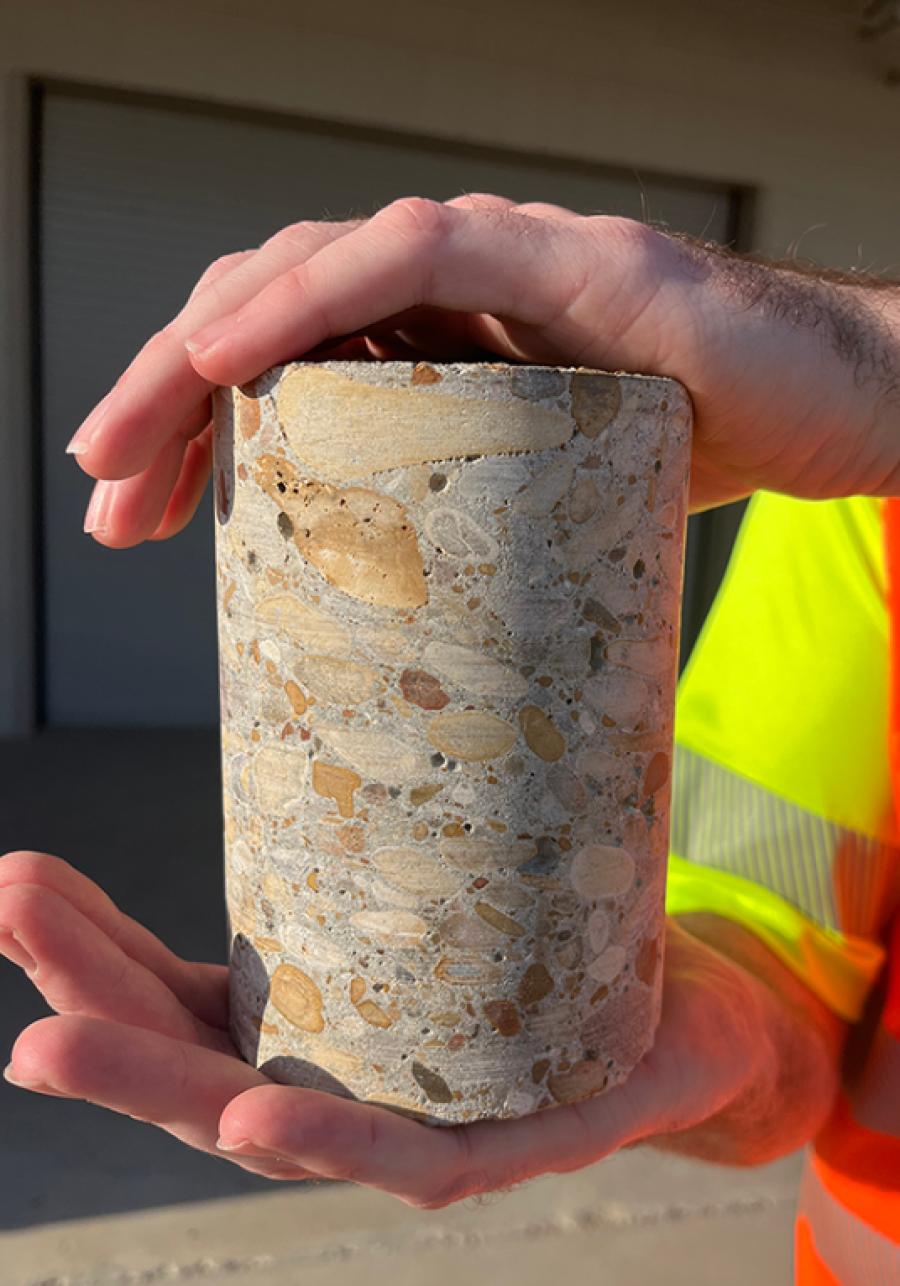
Photo courtesy of TxDOT
“We haven’t done any major work [to Loop 442], just minor patching,” said Roger Brooks, TxDOT Limestone County maintenance supervisor. “Loop 442 has been a good road in my time at TxDOT.”
Texas Loop 442 sees approximately 150 to 350 vehicles a day on average. The adjacent SH 171 sees more than 2,000 vehicles a day in the same area. Although relatively few people drive the loop today, the rich history of Tehuacana still can be discovered by those who travel along the roadway.
Tehuacana is named after the first known inhabitants of the area, the Tawakoni Indians. In the 1840’s, Tribe and Texas officials signed a peace treaty that allowed safe settlement in the area.
After the annexation of Texas, Tehuacana pioneer settler John Boyd submitted the town’s nomination for the Texas State capital. Texas voters would place Tehuacana in third place in the voting for the official Texas capital, behind Palestine and Austin.
In the early 1900s, the town experienced an economic boom, with a small-business district that included a lumber yard, grocery store, hotel, and oil facility.
And in 1921, the Mexia oil boom resulted in a population explosion in both Mexia and Tehuacana. Techuacana’s population jumped to 615 in the mid-1920s. Like most of the country, the Great Depression would wreak havoc on the recent economic success of the town.
Another blow to Tehuacana came during World War II. The war reportedly caused the town to lose its rail service — a track between Hubbard and Mexia was abandoned during the war.
While Tehuacana and its economic vitality ebbed and flowed like most small towns, one thing remained the town’s bedrock: its people.
“This town used to run almost all on a credit basis; you’d go to the grocery store, everybody would have their ticket, you pay it every month,” said Doug East, current resident and former mayor of Tehuacana. “Credit cards ain’t nothing new to Tehuacana.”
Current Mayor Janis Johnson perhaps said it best.
“It’s a small town, where it’s family. You did have a lot of aunts and uncles who raised the community,” she said.
Tehuacana today has a city hall, postal service, a Methodist church, a Baptist church and a volunteer fire department. While Texas Loop 442 may be rarely traveled by the out-of-towner, the old pavement connects the people of Tehuacana.
Read the full article here


